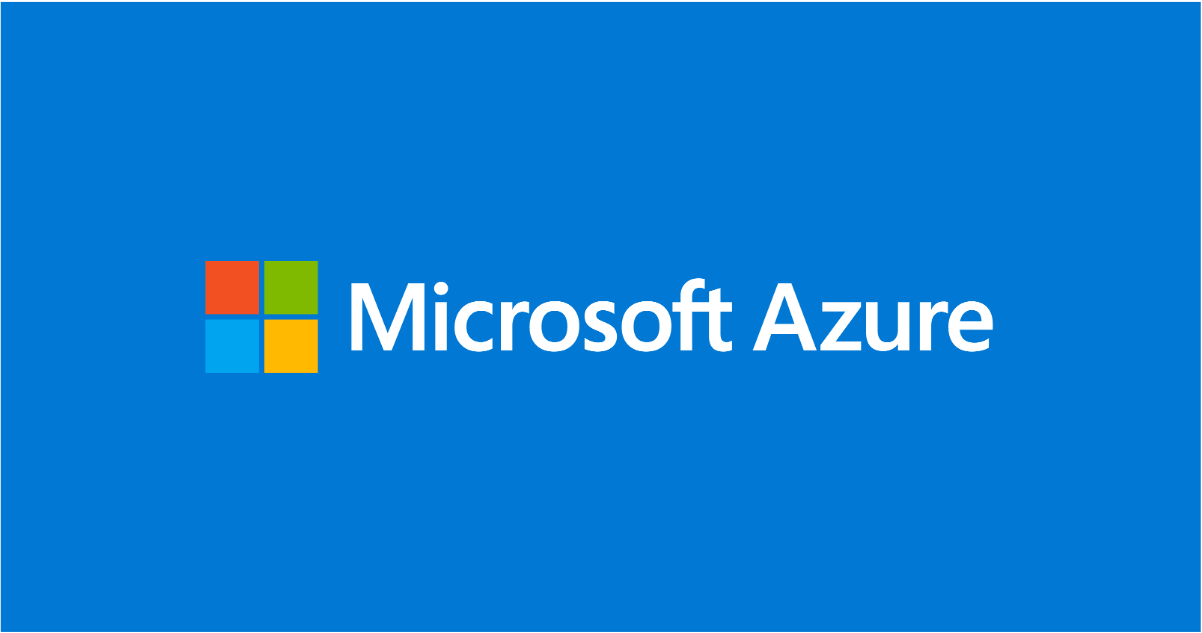Announcing AuthorizationResources in Azure Resource Graph

We are excited to announce support for Azure RBAC resources in Azure Resource Graph (ARG) via the AuthorizationResources table! You can query your Role Assignments, Role Definitions, and Classic Admins resources. With this table, you’ll be able to quickly answer questions such as “how many users are using a role definition?” or “how many role assignments are used?” or “how many role definitions are used?”. Then, you can act on the results to clean up unused role definitions, remove redundant role assignments, or optimize your existing role assignments using AAD Groups. With Classic Admins set to be deprecated in August 2024, you can leverage ARG to convert Classic Admins to Role Assignments. We’ve shared scenarios and queries below to get started! You can try these queries out in the Azure Portal via the Resource Graph Explorer (tutorial).
This is just the first part of our AuthorizationResources journey. We want to build features to make your security, compliance, and audit scenarios possible, which is why we’d greatly appreciate your feedback and collaboration opportunity here. We look forward to working with you as we build out AuthorizationResources capabilities.
Scenario 1: Getting Started
You can use the AuthorizationResources table to understand how many users/service principals are using each RoleDefinition. The query below does that and serves as a starting point to understand the schema of AuthorizationResources so you can explore its potential.
Scenario 2: Cleaning Up Redundant Role Assignments
Azure supports up to 4000 role assignments per subscription. If you have hit the ‘No more role assignments can be created (code: RoleAssignmentLimitExceeded) we recommend using the two-part queries below to remove role assignments. These queries will allow you to determine where you can replace multiple role assignments with a single role assignment, using a higher scope or a security group. You can see the detailed tutorial on how to do this here.
Scenario 3: Cleaning Up Unused Role Definitions
Additionally, Azure supports up to 5000 custom roles in a directory. If you have hit the ‘Role definition limit exceeded. No more role definitions can be created (code: RoleDefinitionLimitExceeded)’ we recommend using the query below to determine role definitions with no role assignments, rendering these removable. You can see a detailed step-by-step tutorial on this scenario here.
More information about Azure RBAC limits can be found here.
Thank you, and happy querying!
Published on:
Learn moreRelated posts
Training People to Use Microsoft 365 Copilot Effectively
A LinkedIn post explained how the UK Revenue and Customs authority train 30,000 people to use Microsoft 365 Copilot effectively. It’s a remind...
Microsoft 365 Copilot: Video Overviews in Copilot Notebook
Microsoft 365 Copilot introduces Video Overviews in Copilot Notebooks, allowing users with a valid license to generate short, narrated video s...
Microsoft 365 Copilot: Streamline SharePoint list creation with new list agent
Microsoft 365 Copilot introduces the SharePoint list agent to create SharePoint lists via natural language and structured content. Rolling out...
Work or Web – Which one to use when with M365 Copilot
Work or Web? Learn which one to use when, with simple things to keep in mind or ask yourself using M365 Copilot. Related videos Check out my C...
Microsoft 365 Copilot for Service – Create case records from customer emails with one click
We are announcing the ability to create case records from customer emails within Outlook in Microsoft 365 Copilot for Service. This feature wi...
SharePoint Framework (SPFx) roadmap update – December 2025
SPFx is powering the future of Microsoft 365. From AI-driven portals to seamless integrations across SharePoint, Teams and Viva, SPFx is drivi...
SharePoint Framework (SPFx) roadmap update – December 2025
SPFx is powering the future of Microsoft 365. From AI-driven portals to seamless integrations across SharePoint, Teams and Viva, SPFx is drivi...
Exam AB-900: Microsoft 365 Copilot and Agent Administration Fundamentals
Following on the steps of the other AB exams I’ve been writing about my experience with (see Exam AB-730: AI Business Professional &...
Microsoft Copilot (Microsoft 365): Chat History Landing page: Filtering UI Refresh
To help you quickly find the conversations that matter, we’re updating the Chat History filtering experience. This refresh makes the interface...
Microsoft Copilot (Microsoft 365): Capture voice notes in the Microsoft 365 Copilot mobile app
With a Microsoft 365 Copilot license, transform offline discussions into structured, actionable, and searchable content with voice notes in Co...